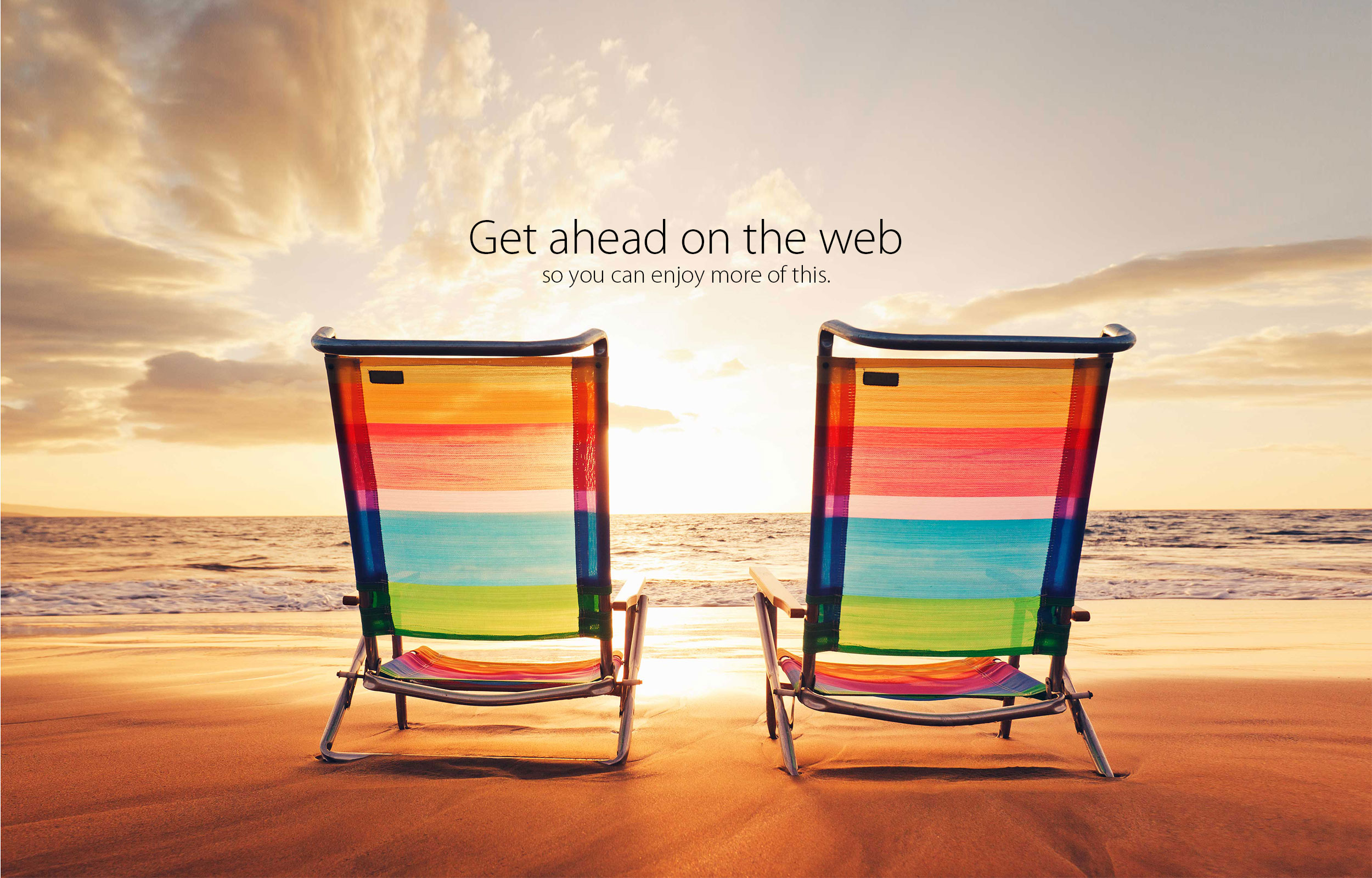Typography plays a pivotal role in web design, wielding significant influence over both aesthetics and readability. By skillfully leveraging typography, designers can captivate audiences, convey messages effectively, and ensure seamless user experiences across digital platforms. A cornerstone of effective web typography is readability. Clear, legible typefaces enhance comprehension and encourage users to engage with content. Selecting appropriate fonts, sizes, and spacing is crucial for optimizing readability. Sans-serif fonts like Arial or Helvetica are commonly preferred for online content due to their clean lines and modern appearance. However, serif fonts such as Times New Roman can also lend a sense of sophistication and authority to certain websites, particularly those with long-form content or a more traditional aesthetic. Beyond font choice, designers must consider font size and line spacing to enhance readability. Text that is too small strains the eyes, while overly generous line spacing can disrupt the flow of text. By striking a balance between font size and spacing, designers can create harmonious layouts that invite users to engage with content effortlessly.

Hierarchy is another key aspect of web typography that contributes to both aesthetics and usability. By varying font weights, sizes, and colors, designers can establish a clear hierarchy that guides users through the content hierarchy, highlighting important information and aiding navigation. Headers and subheaders serve as signposts, directing users to key sections while breaking up text into manageable chunks for improved comprehension. Typography also plays a crucial role in establishing a website’s visual identity and brand personality. Custom fonts and typographic treatments can convey a distinct tone and evoke specific emotions, helping to forge a strong connection with users. Whether playful and whimsical or sleek and professional, typography can set the tone for the entire user experience, shaping perceptions and eliciting desired responses. Responsive typography is another consideration in contemporary Blue Lake Websites, ensuring that text adjusts dynamically across devices and screen sizes for optimal legibility and user experience.
Fluid typography techniques, such as using relative units like percentages or ems instead of fixed pixel sizes, allow text to scale seamlessly, maintaining readability and aesthetics across a diverse range of devices. In addition to enhancing readability and aesthetics, typography can also serve as a powerful storytelling tool, amplifying the narrative impact of web content. Through creative typography treatments, designers can evoke mood, convey narrative structure, and imbue text with visual interest, transforming static words into dynamic visual experiences. Typography lies at the heart of effective web design, influencing both aesthetics and readability in profound ways. By thoughtfully selecting fonts, optimizing readability, establishing hierarchy, and leveraging responsive techniques, designers can create immersive digital experiences that captivate audiences and convey messages with clarity and impact. As the digital landscape continues to evolve, the importance of typography in web design remains undiminished, offering endless possibilities for creativity, expression, and engagement.